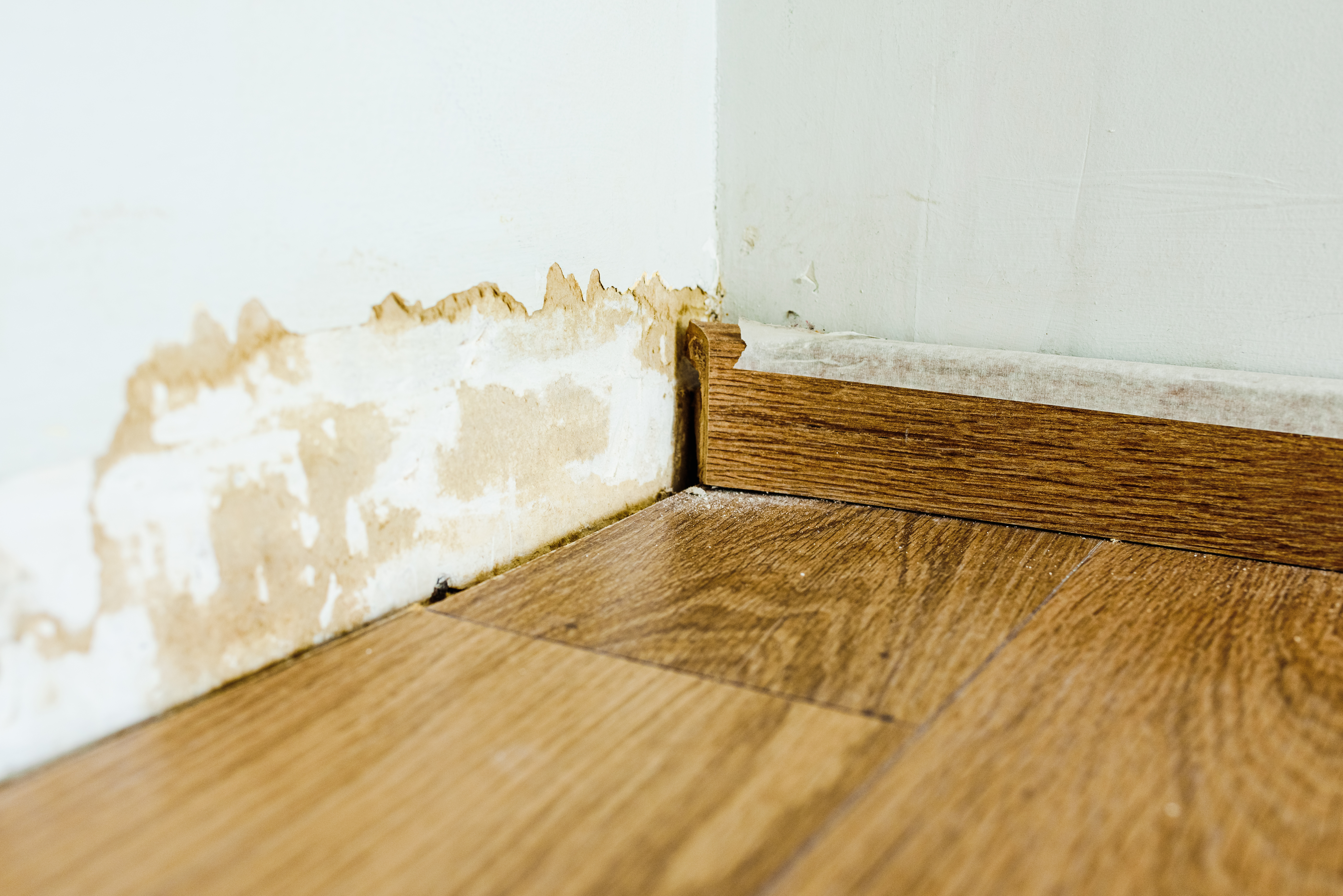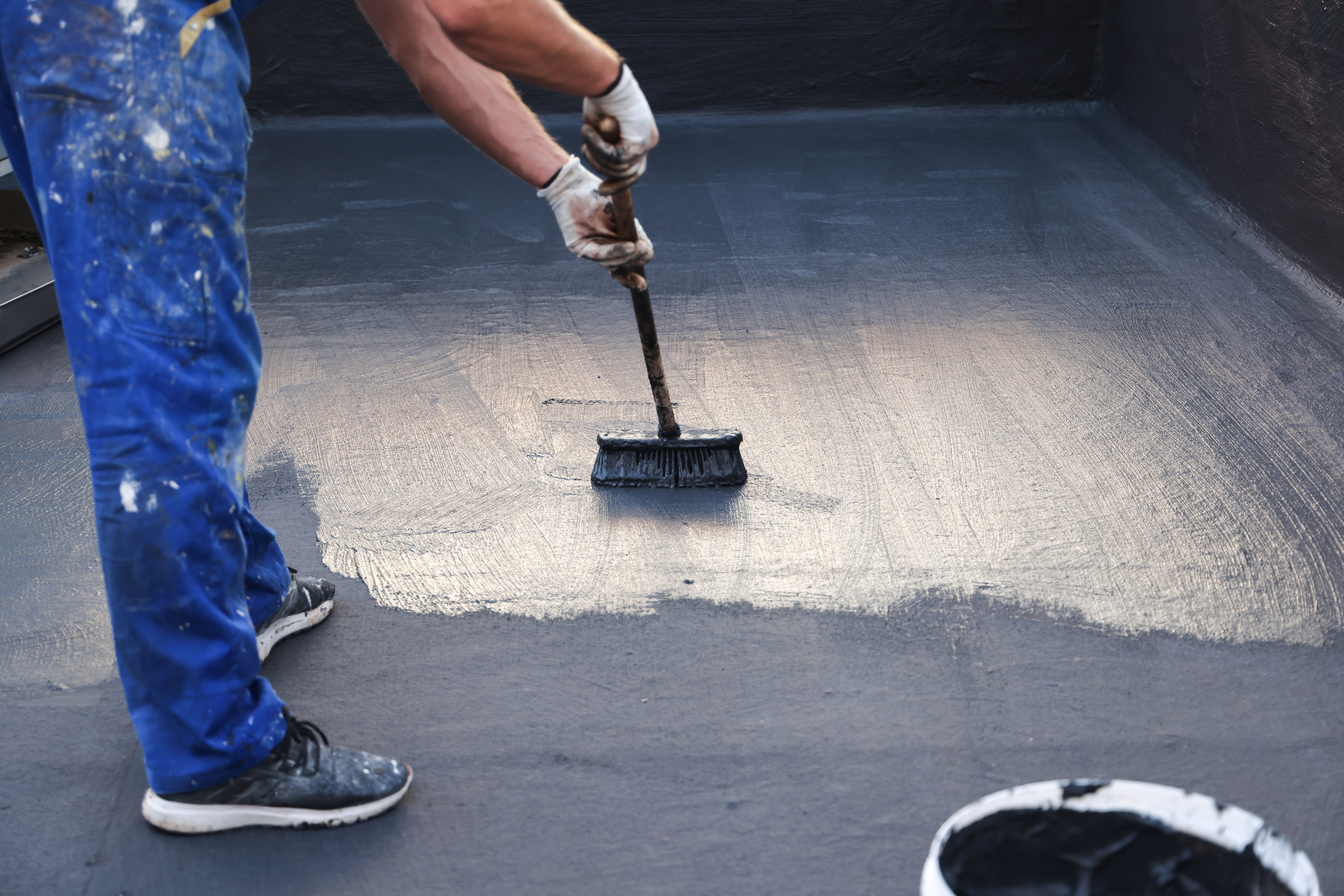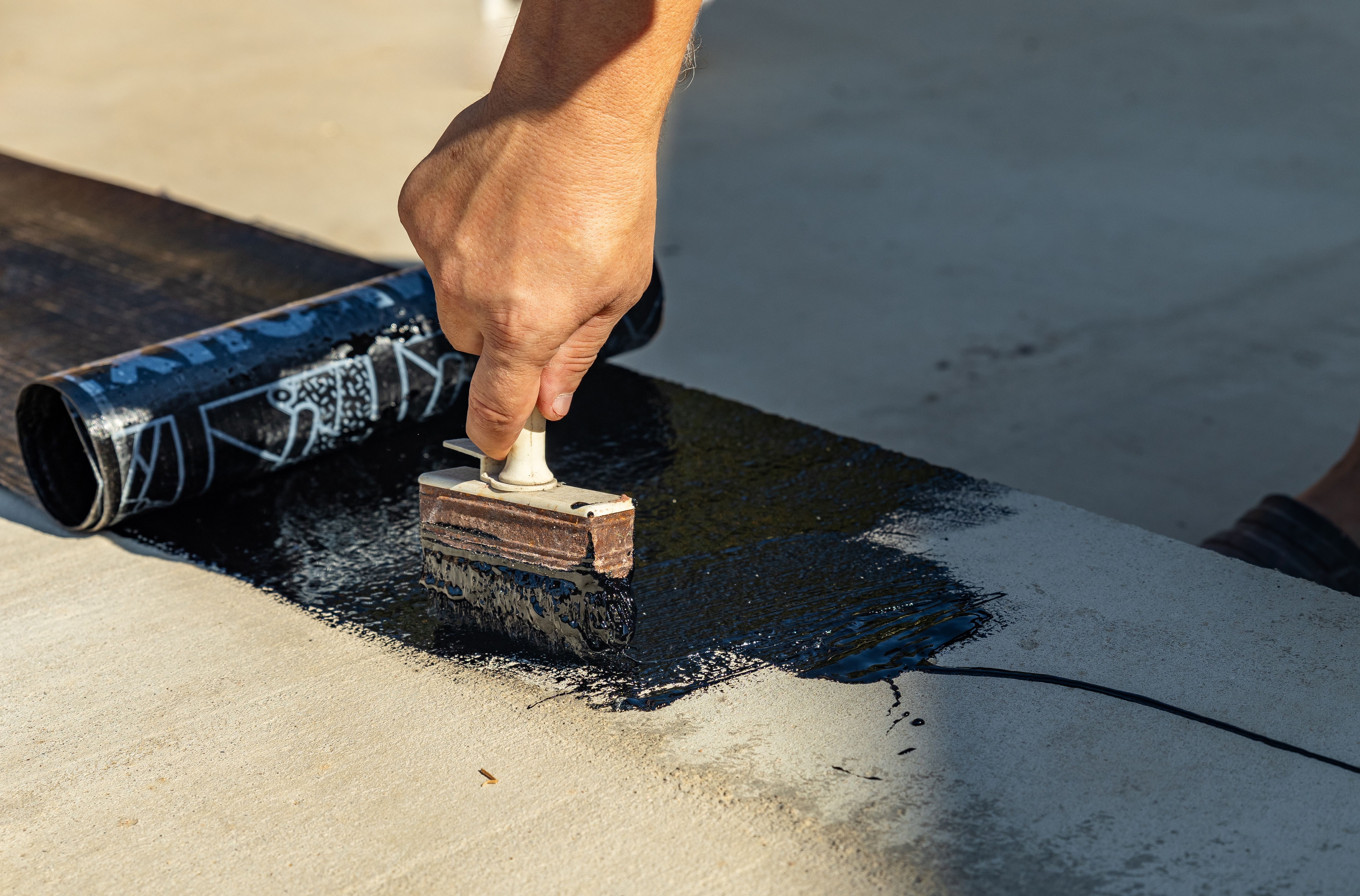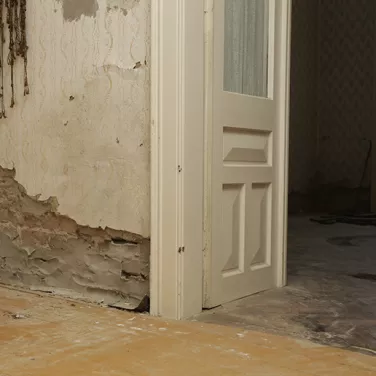

Protect Your Kids: Waterproofing Solutions for Healthy Homes
The importance of waterproofing for healthy homes for children
Not prioritising waterproofing solutions in your home can negatively impact your child's health. Understand how waterproofing safety helps maintain healthy homes and safeguards your child's and your well-being.
As parents, creating a secure environment and maintaining healthy homes for your children is undoubtedly a top priority. Childproofing your home involves more than just installing safety gates and locking away sharp objects; it extends to maintaining the soundness and stability of your house. One often overlooked aspect of your child's safety is choosing the right waterproofing solutions, and neglecting this crucial step can have serious consequences for your little ones.
Let us understand how waterproofing solutions contribute towards creating healthy homes and why you should consider them for your children's well-being. You will also see why treating dampness as part of overall waterproofing safety is essential for your children's well-being.

How does waterproofing ensure healthy homes for children?
Well-designed waterproofing systems are crucial to prevent water-related damage and, hence, to keep children safe. They act as a shield, blocking moisture and preventing dampness and mould in living spaces. This creates a safer environment and ensures healthy homes, especially in play areas and bedrooms, reducing the chance of slips and falls.
Additionally, they protect belongings and furniture (by ensuring they do not come in contact with damp walls), making sure that your children are healthy at home. Waterproofing contributes to a secure and comfortable atmosphere, which is vital for the well-being of your child.

What can happen if you ignore waterproofing?
Skipping basic waterproofing safety measures may compromise how healthy your children are at home, since it leads to a number of issues:
-
Mould-related health issues
Neglecting waterproofing can lead to moisture accumulation, creating an ideal environment for mould growth. Exposure to mould spores, especially for young children with developing immune systems, can trigger respiratory problems and allergies, thus compromising their health at home.
-
Ingestion of peeling plaster
When efflorescence or peeling plaster is within a child's reach, there's a risk of ingestion. Young children often explore their surroundings through touch and taste. If they come into contact with efflorescence, they may ingest harmful substances, leading to serious health concerns, including digestive issues and potential toxicity.

-
Physical harm from damaged surfaces
Water-related damages may result in peeling plaster, which can become sharp or jagged. Children might accidentally cut themselves or get injured by coming into contact with these damaged surfaces.
-
Skin irritations and rashes
Damp and damaged areas within the home can contribute to the growth of bacteria and fungi, leading to skin irritations and rashes. A child's skin is often more sensitive than that of adults and is particularly prone to these issues. Ignoring waterproofing can result in an environment where dampness leads to the growth of microorganisms that may cause skin discomfort for your child.
By delaying a proper waterproofing treatment, families risk allowing these problems to spread further, increasing both repair costs and the potential impact on their children's health.

Why choose Dr. Fixit for your waterproofing needs?
Choosing the right partner is crucial when seeking long-lasting, waterproofing solutions for a family home. Dr Fixit combines specialised products with expert guidance so that every decision supports your child’s health and comfort.
-
Expert diagnosis before work begins
Dr Fixit trained experts assess the source and extent of dampness before recommending any waterproofing treatment. This helps ensure that the root cause is addressed, thereby reducing the likelihood of recurring issues that could impact your children’s living spaces.
-
Trusted, innovative products for Indian homes
With a long track record in Indian homes, Dr Fixit continuously upgrades its ranges using current building science to handle heavy monsoons and humidity. At the same time, it offers fair, value-led pricing, allowing families to access reliable protection that suits different budgets.

-
Proven waterproofing systems for key areas
Dr. Fixit offers specialised waterproofing systems for terraces, bathrooms, basements, and exterior walls. Each area receives a tailored approach, helping protect play zones, bedrooms, and study corners from moisture-related damage.
-
Support during application and beyond
Dr. Fixit provides guidance to applicators and homeowners on correct site practices, reinforcing overall waterproofing safety. This support helps the system perform as intended and extends the life of the work carried out in your home.
By choosing Dr Fixit, you gain more than just products; you also gain access to experts who focus on making your home healthier and safer for your children.

Waterproofing is vital to ensure your children are always healthy at home
Waterproofing is not just a matter of preserving aesthetics; it has a direct impact on creating healthy homes for your children. Mould growth, damaged surfaces, and other water-related issues can pose serious risks to your little ones. By taking proactive measures, such as a professional waterproofing treatment and addressing existing damages promptly, you can ensure that your children are always healthy at home.
You must ensure that you are getting only the best waterproofing services to create healthy homes. For comprehensive waterproofing solutions and expert guidance, please contact the experts at DrDr Fixit by filling out the form below.
Frequently asked questions (FAQs)
-
Can waterproofing prevent mould and mildew growth?
Yes, waterproofing can prevent mould and mildew growth by stopping water seepage, thereby creating healthy homes. This not only ensures that all harmful allergens and pollutants are eliminated, but also helps your children stay healthy at home.
-
How does excess moisture affect children’s health?
Excess moisture promotes mould growth and poor indoor air quality, which can trigger allergies, asthma, and respiratory issues in children. Preventing moisture intrusion through waterproofing ensures they stay healthy at home in a safe and comfortable environment.
-
What are the long-term benefits of waterproofing for children’s health?
Waterproofing creates healthy homes by reducing the risk of mould, dampness, and allergens. It ensures clean air and a safe living space, supporting children’s growing immune systems and helping them stay healthy at home.
Get Professional Waterproofing Solutions Today
Fill The Form below to took free site evaluation by Dr. fixit point safe painting service expert
Renovation
Questions you should ask a society manager about building repairs before buying an apartment
Renovation
Protect your living space: Difference between a weatherproof and waterproof house
Renovation
How to safeguard your home with waterproofing during the rainy season in India
Get Professional Waterproofing Solutions Today
Fill The Form below to took free site evaluation by Dr. fixit point safe painting service expert






































































